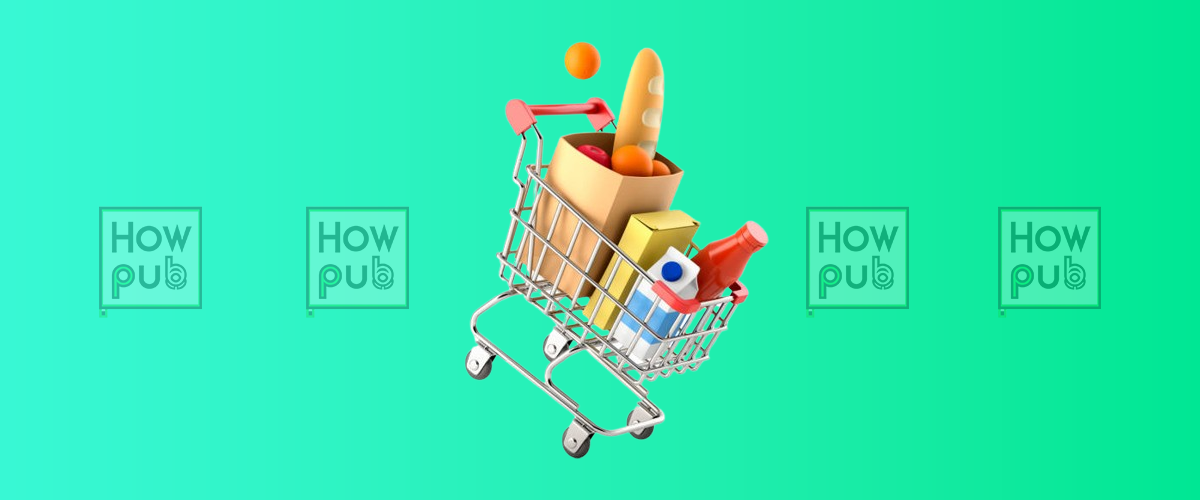In today’s digital world, online shopping and banking have become second nature for many of us. While iPhones are designed with robust security features, ensuring safe online transactions requires additional precautions. This guide explores actionable tips to protect your sensitive information and enhance your online safety.
Why Security Matters for iPhone Users
Though iPhones have excellent in-built security measures like Touch ID, Face ID, and Secure Enclave, cybercriminals are constantly evolving. Protecting your financial data is crucial when engaging in activities like online banking or shopping.
Key Risks:
- Identity theft
- Unauthorized transactions
- Phishing scams
Read on to learn how to minimize these risks.
1. Use Trusted Apps for Banking and Shopping
Always download apps directly from the App Store to avoid malicious software. Official apps from your bank or trusted retailers offer secure payment gateways.
- Verify App Authenticity: Check reviews and ensure the developer's name matches the official organization.
- Avoid Browsing for Transactions: Use apps rather than web browsers for financial activities as they’re generally more secure.
2. Enable Two-Factor Authentication (2FA)
Two-factor authentication adds an extra layer of protection to your accounts. With 2FA enabled, even if your password is compromised, unauthorized access is unlikely.
How to Enable 2FA:
- Go to Settings > [Your Name] > Password & Security.
- Tap Turn On Two-Factor Authentication.
- Follow the prompts to complete setup.
3. Use Strong Passwords and a Password Manager
Avoid simple or repeated passwords. Use a combination of letters, numbers, and special characters. iPhone's iCloud Keychain is a secure way to store and autofill complex passwords.
Tips for Strong Passwords:
- Avoid personal details (e.g., birthdays).
- Use at least 12 characters.
- Change passwords regularly.
4. Activate Secure Browsing with Safari
Safari offers several security features that help protect your data during online transactions.
Steps to Secure Safari:
- Go to Settings > Safari.
- Enable Fraudulent Website Warning to avoid phishing sites.
- Turn on Prevent Cross-Site Tracking for added privacy.
5. Avoid Public Wi-Fi for Transactions
Public Wi-Fi networks are often unsecured, making them a hotspot for hackers. If you must access sensitive accounts while on public Wi-Fi, use a VPN (Virtual Private Network) to encrypt your connection.
Recommended VPNs:
- NordVPN
- ExpressVPN
- iCloud Private Relay (for Apple users)
6. Monitor App Permissions
Some apps request permissions that aren't necessary for their functionality. Regularly review and restrict permissions to protect your privacy.
How to Check App Permissions:
- Open Settings > Privacy & Security.
- Tap specific categories (e.g., Location Services) to see which apps have access.
- Disable permissions for unnecessary access.
7. Keep Your iPhone Updated
Apple frequently releases updates that fix security vulnerabilities. Always update to the latest version of iOS to stay protected.
How to Update iOS:
- Go to Settings > General > Software Update.
- Tap Download and Install if an update is available.
8. Beware of Phishing Scams
Phishing scams often disguise themselves as emails or messages from trusted institutions. Always verify the sender before clicking on links or providing personal details.
Tips to Spot Phishing:
- Check for grammatical errors.
- Avoid clicking on unsolicited links.
- Verify URLs for legitimacy.
9. Set Up Spending Alerts
Many banks offer features to notify you of account activity. Enabling these alerts ensures you’re instantly aware of any suspicious transactions.
Conclusion
Your iPhone’s security features, combined with proactive measures, can provide a safe environment for online shopping and banking. By following these tips—using trusted apps, enabling 2FA, and staying vigilant—you can enjoy a secure online experience.
For more information, check out Apple’s official security guide.
Stay safe and secure!



